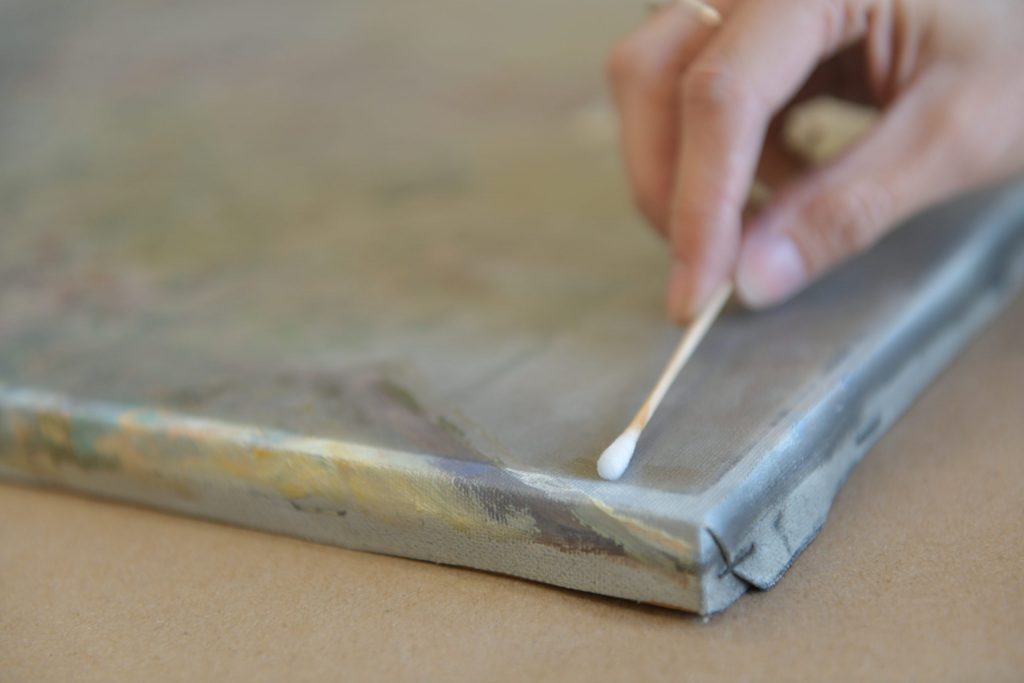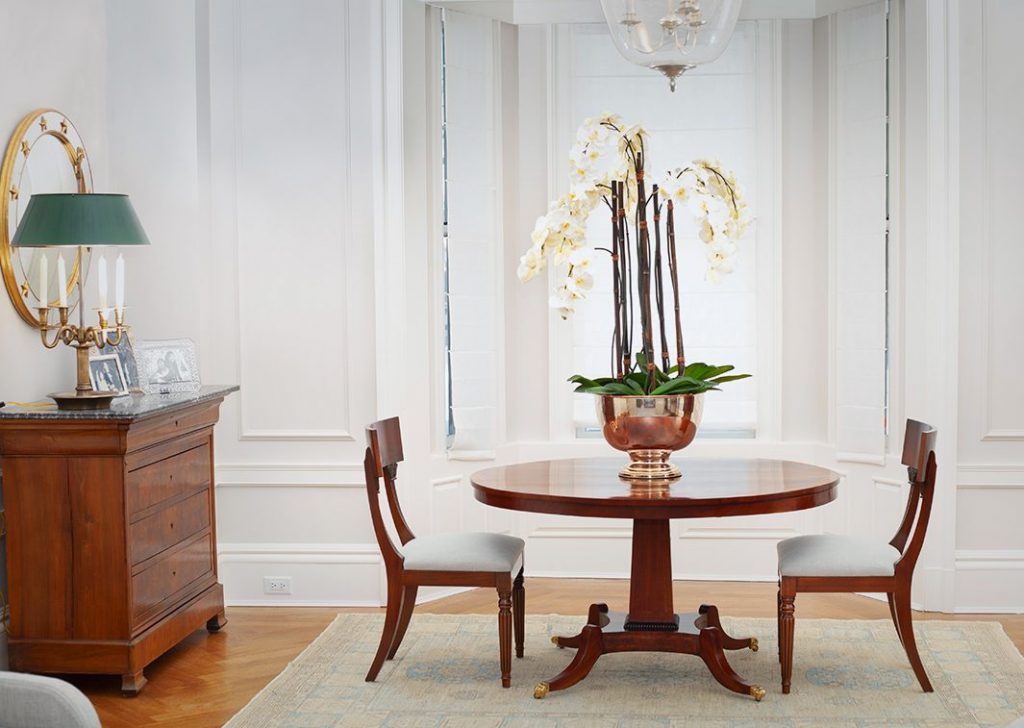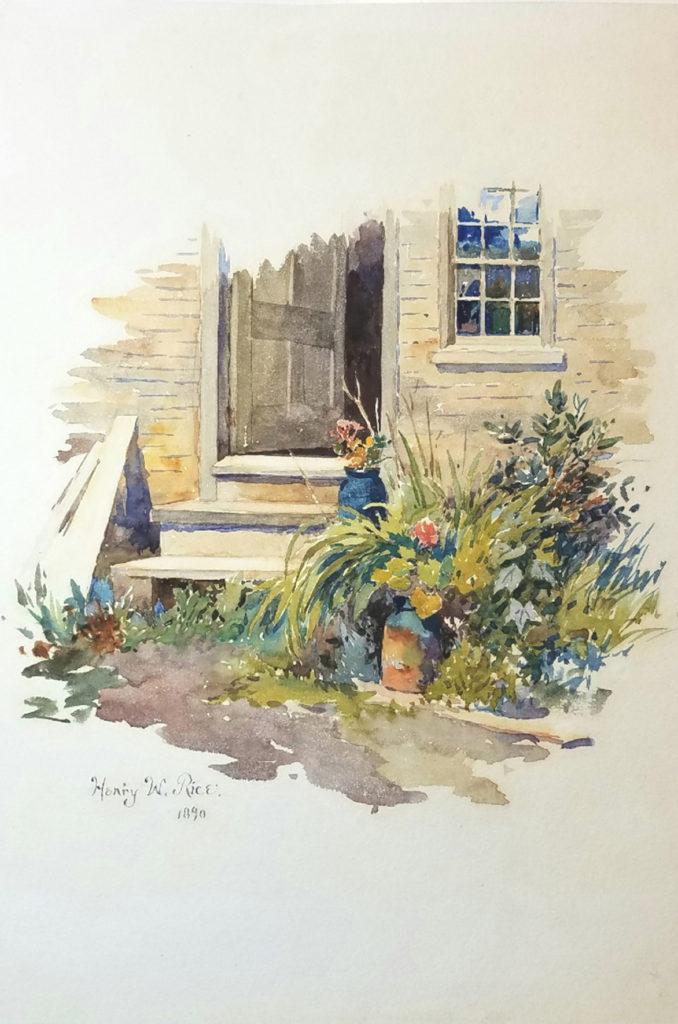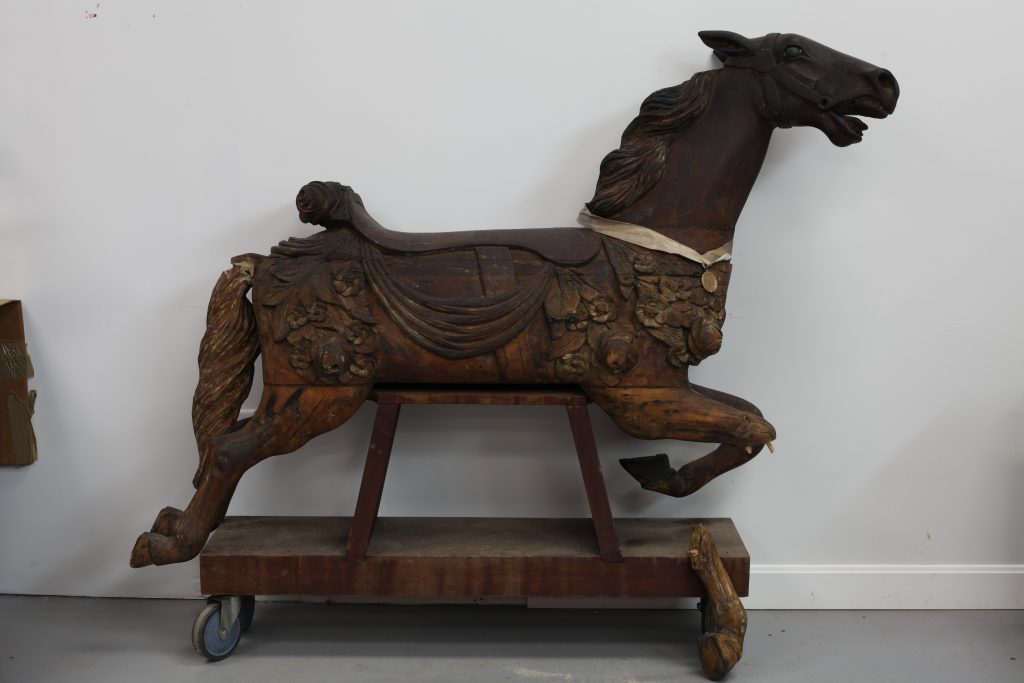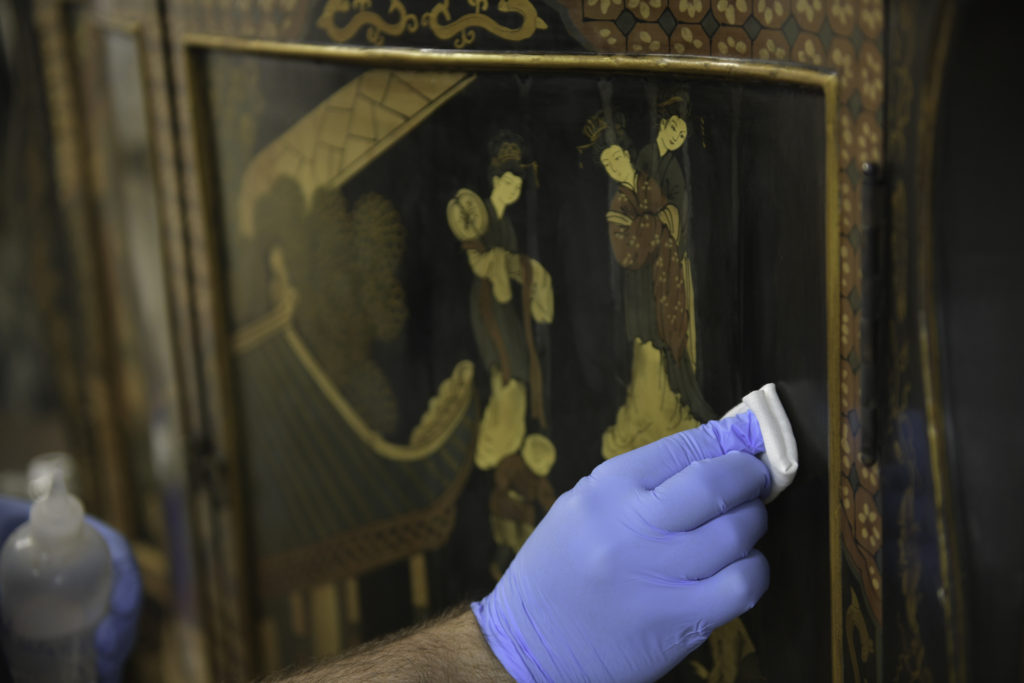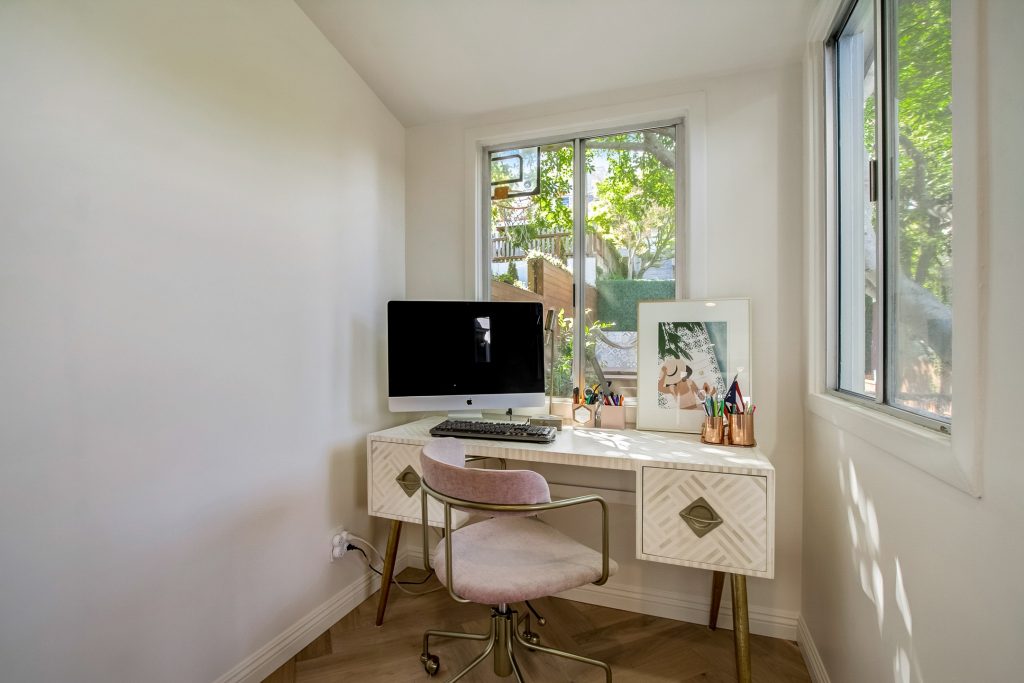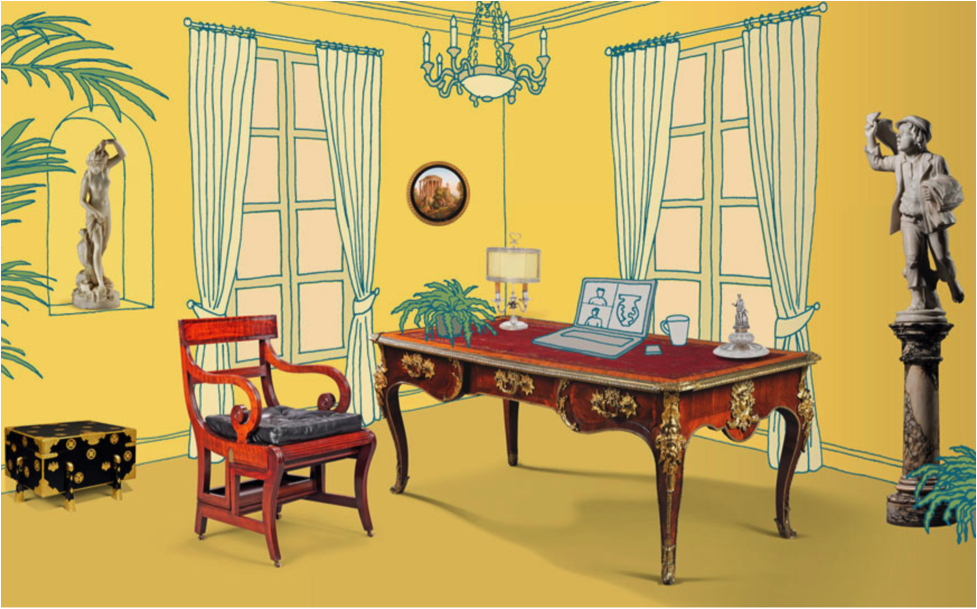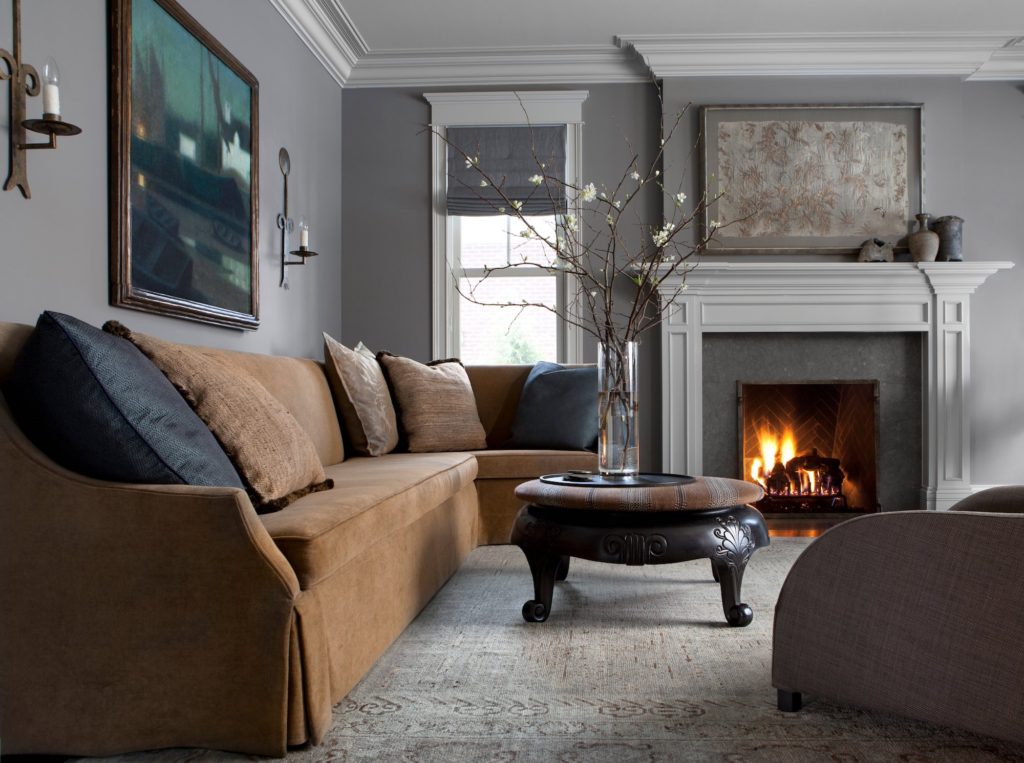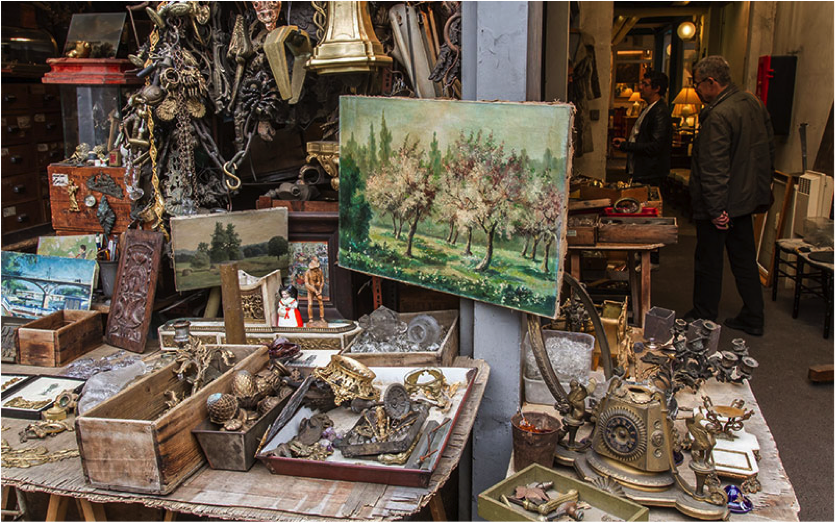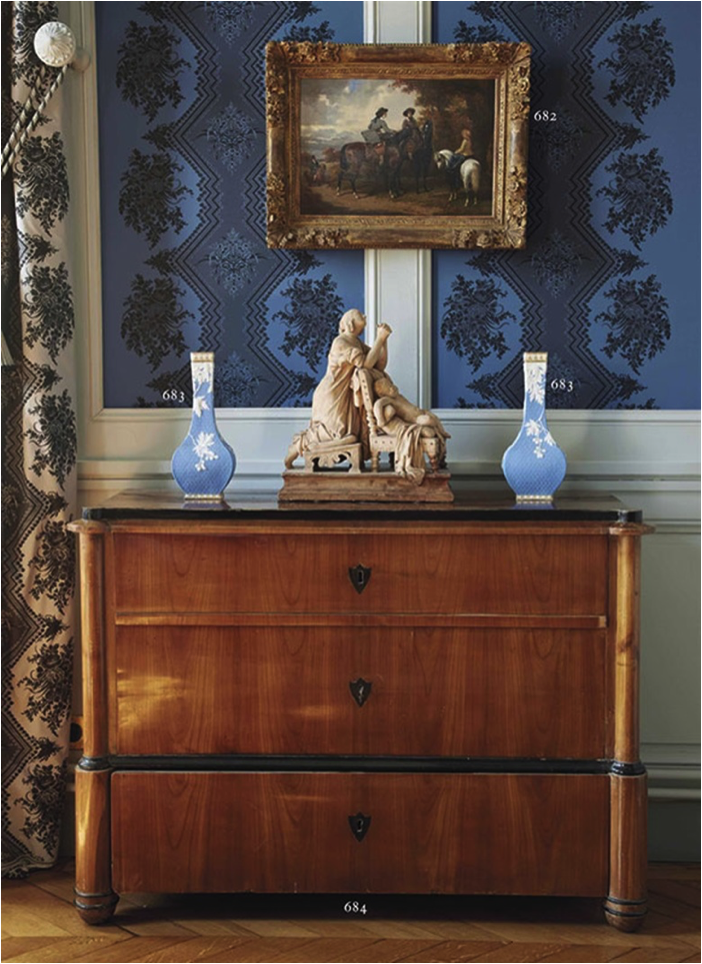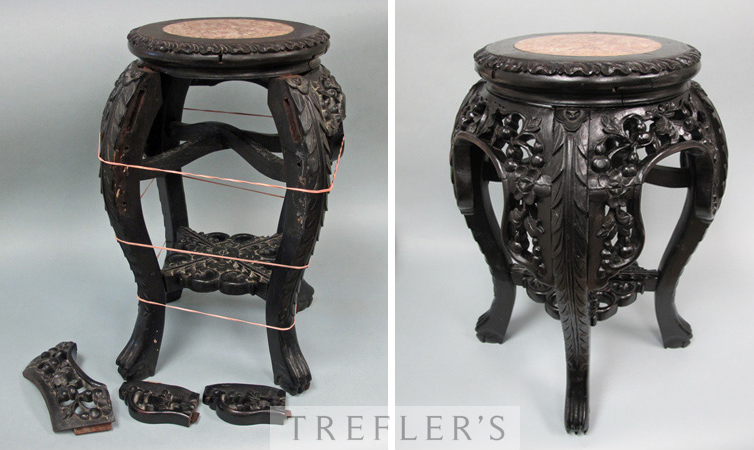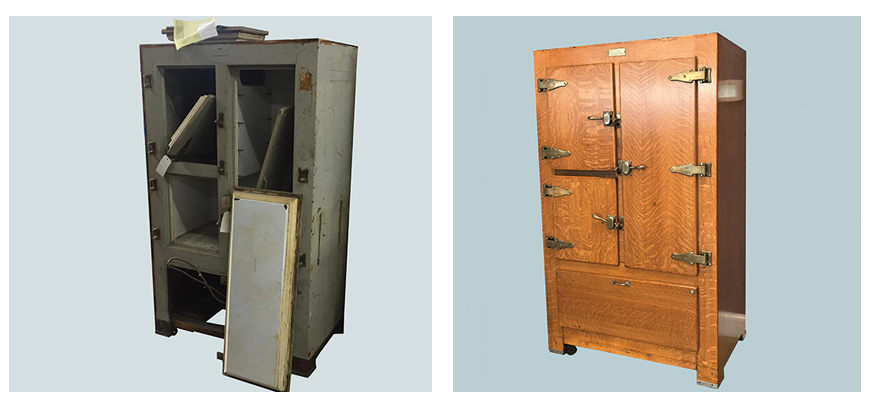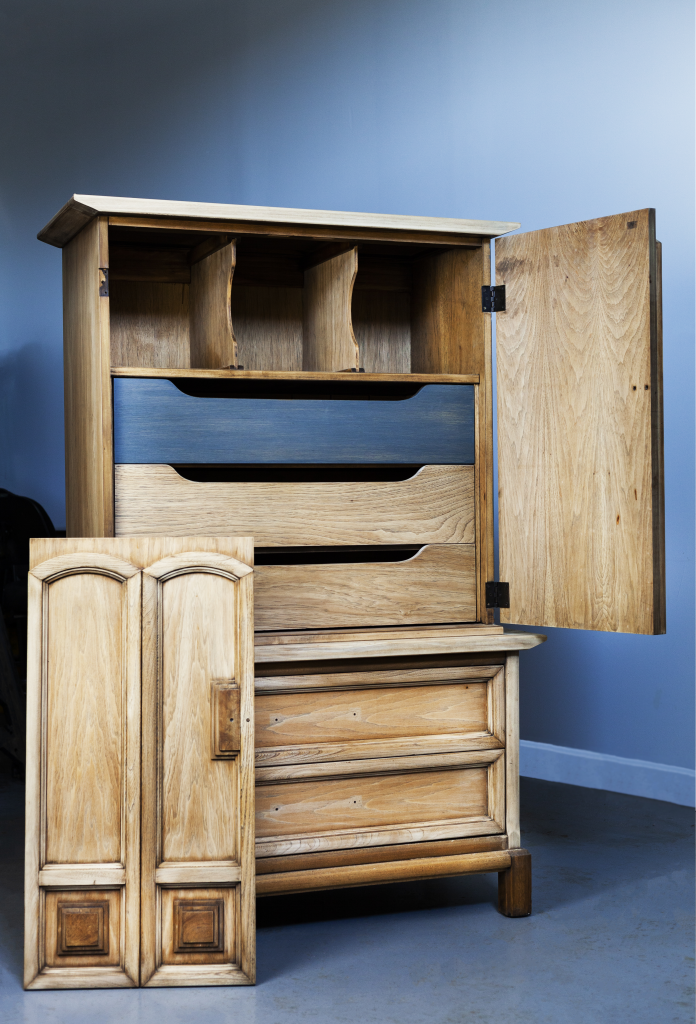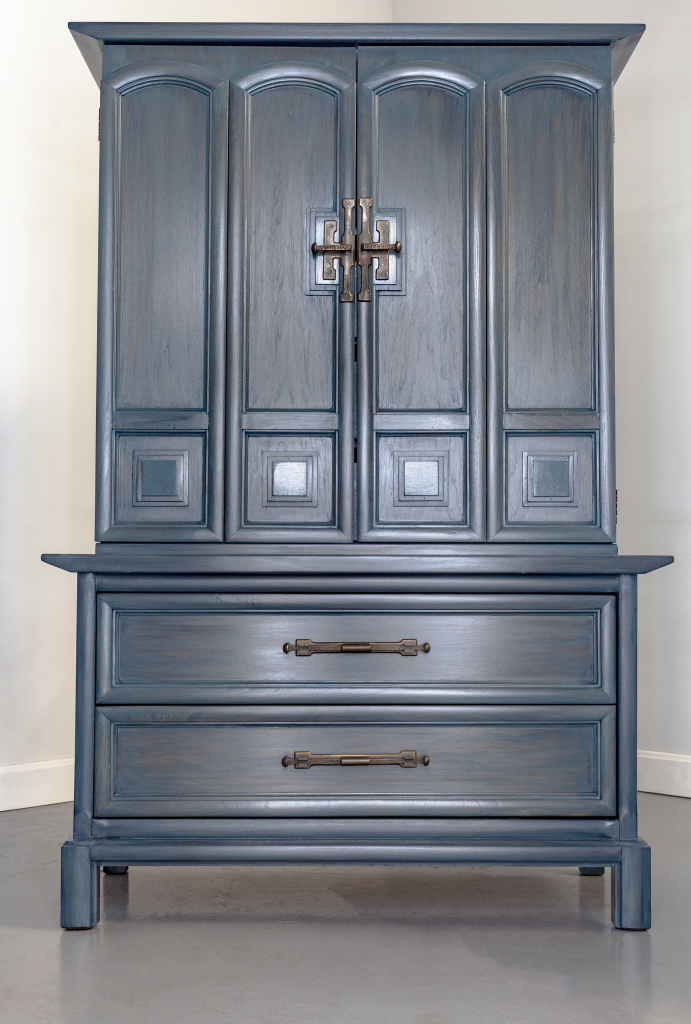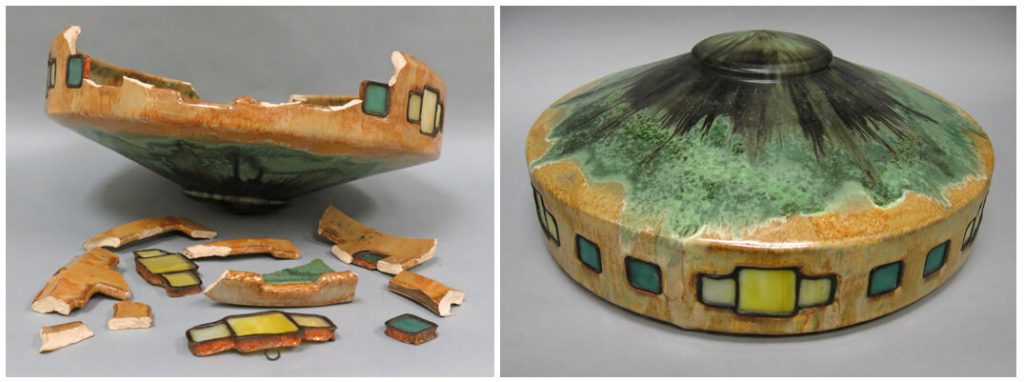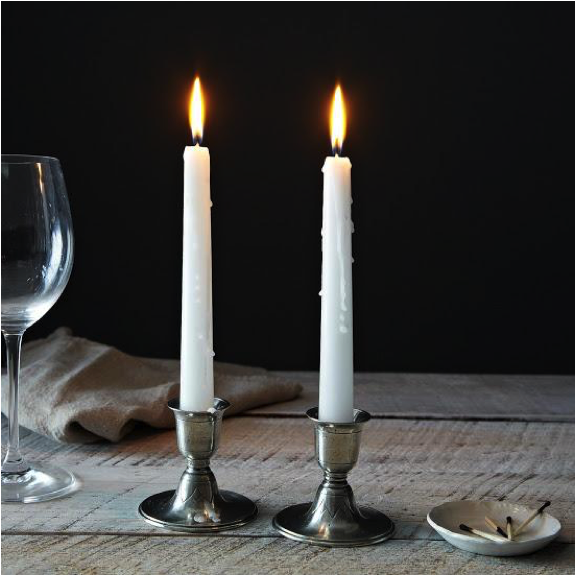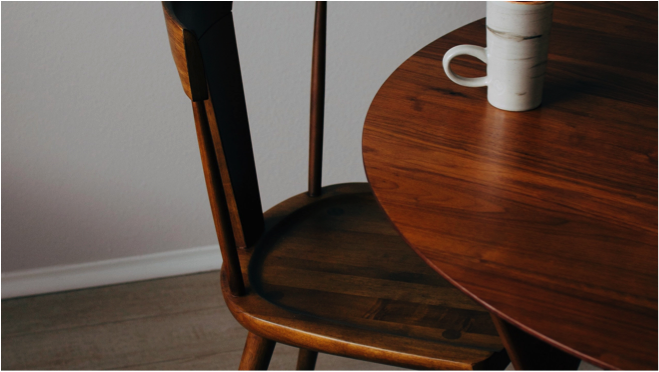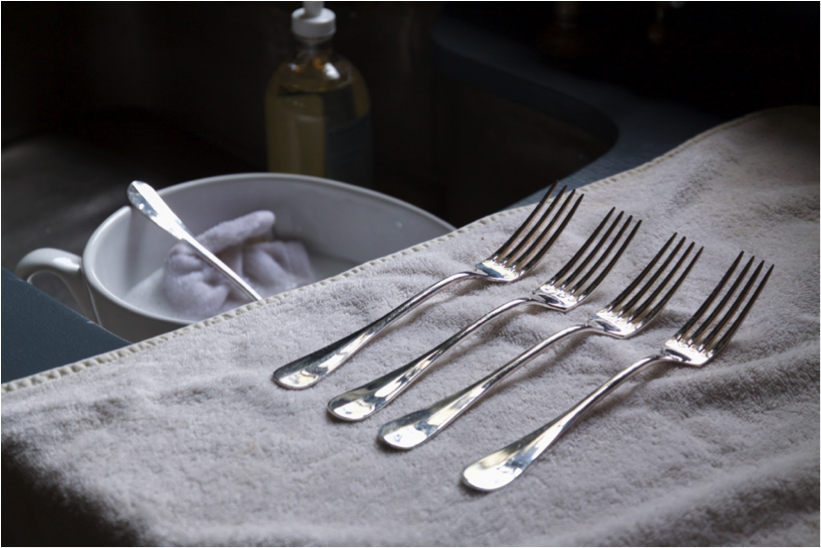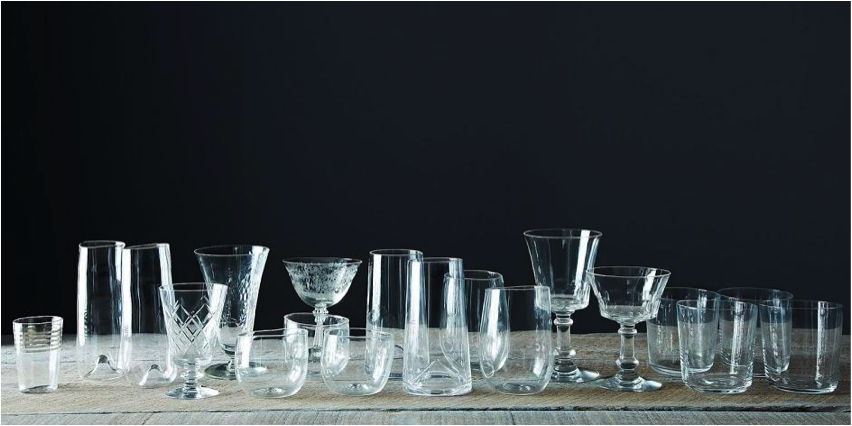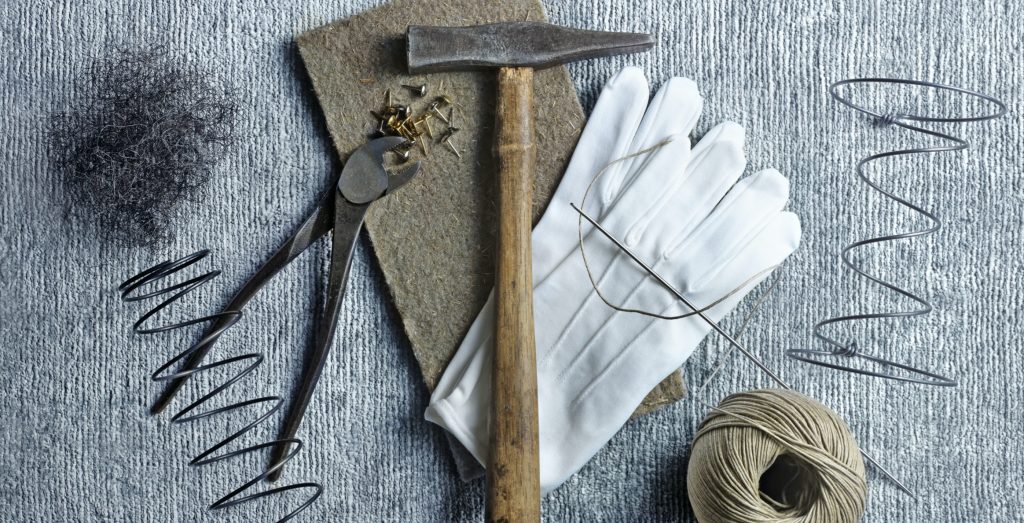The image above was taking during an on-site to treat a damaged patio set. Precise color-matching recreated the detailed, stippling effect that had been damaged due prolonged exposure to sun and humidity.
Summer in New England is on its way
April 20th marked the first day of spring on our calendars, and despite the sometimes late arrival of warmer weather in New England, it is a perfect time to begin prepping your patios, summer homes, porches and back yard lawn furniture to ensure that you are right on time to make the most of your outdoor entertainment spaces this upcoming season.
Prepping in advance and learning life’s rhythms
One interesting aspect of operations at Trefler’s is learning seasonal rhythms of what possessions visit the studio for some TLC, when. One of our aims is to help educate, and gently remind our client’s, when items should come in for say, a tune-up. Sterling silver will visit for a polish prior to holidays like Passover or Easter. Water claims arrive promptly come December and stay through April. Unsurprisingly, restoring and conserving outdoor furniture and lawn ornaments take their turn in March and April.
Bringing an item in for conservation in early spring ensures that it will be in beautiful, and functional condition to be enjoyed as soon as possible. And there is no doubt, this year in particular, our outdoor home entertainment areas will provide a most welcomed escape from our now very over-used livings rooms and dens.
Below is a little extra guidance on how to best store items to prevent damage, and explanations for the type of restoration projects we tackle most often for our clients’ outdoor furniture.
Basement winter storage and avoiding damage
Winter weather takes a heavy toll on outdoor furniture and lawn ornaments. And even if your Adirondack chairs or bird feeders were stashed in the basement throughout the colder seasons, a wet winter can mean that despite your best intentions, stored items like upholstered cushions or wooden furniture might emerge damaged, or in the least giving off that very particularly unpleasant, musty smell.
“This was a pretty rough winter weather-wise,” Kody Kirkland, Trefler’s claims specialist remarks, “especially with the snow melt, things will get moist in basements. If your sub-pump can’t keep up, this can damage wood and metal leading to rot, rust, or mold to upholstered cushions.”
Kody’s advice, “try storing things off the floor if possible. Things like metal shelving or wood blocks are great for keeping furniture elevated and off basement floors, where they are prone to water damage.”
Water and moisture aren’t the only issue in basement storage. Dust and critters also pose problems. Kody suggests, “you can try wrapping things in plastic so they are protected from dust, accidents, moisture, and also bugs and spiders. Your items will come out requiring less cleaning time this way as well.”
The types of conserves Trefler’s undertakes most often with outdoor furniture
What is a conserve? A conserve is the process of treating damage to restore an item to its former condition, and also importantly to prevent the process of damage to continue further.
Bleaching and UV-damage to finishes
The conservation process for wooden furniture often includes a light sanding, and adding color to even out the finish in cases of sun or UV-damage. Picture if your furniture has tan-lines from sitting in the sun facing one direction for an entire season. Because of the sun’s powerful effect, it is extremely common for furniture that is stationery to have a fade of color on the side exposed directly to the sun.
Is there a way to prevent bleaching to outdoor furniture? SPF anyone?
“There’s nothing you can really do to prevent bleaching, but you can definitely get things conserved so that it brings back the color and is a little healthier in the long run.” Come September, you could opt for a conserve prior to storing summer furniture for the winter season.
An annual conserve will ensure that your outdoor furniture, particularly wooden furniture, is healthy and hydrated prior to being tucked away in storage for the winter. Kody also advises that, “oiling and waxing can help. By using a colored wax, you can even out color fade where there’s been bleaching from sun damage. This is most commonly done if you’re going to try to cover up sun damage, strip and refinish or conserve.”
Rust Remediation: stopping a chemical process in its tracks
If you live by the ocean, you are likely well acquainted with the negative effect that salty air and humidity have on anything that lives outside and is made of metal. The process of rusting is a nasty and quick moving one; so if you spot rust on metal outdoor furniture, it is extremely important to do a conserve to prevent this process from continuing onward. A conserve in this context involves removing as much of the rust spot as possible and applying a rust converter to affected areas.
What is a rust converter? Essentially, it is a liquid that you paint on that chemically puts a layer over the rust so that the chemical reaction of rusting is prevented. In chemistry terms, it converts iron oxides into a protective chemical barrier, so that the process of rusting is stopped in its tracks.
Musty upholstery
While outdoor grade fabrics boast the qualities of being “water-resistant” they still inevitably fall victim to moisture damage during winter storage. Upholstery tucked away in basements during wet winters inevitably emerges musty. If the damp has really taken effect, irreversible staining can render once attractive cushions soiled and yellowed. Our advice? Try storing cushions wrapped in plastic or in airtight containers. You’ll be more likely to have fresher smelling, and undoubtedly cleaner cushions, when it’s time to use them. Too late? Trefler’s works with a trade only upholsterer in the event that it’s time to replace or re-cover badly stained cushions or pillows.
Interested in learning more about how to safely store and conserve your outdoor furniture for the summer season? Reach out to a member of our team today to get started and prep for warmer days to come!

